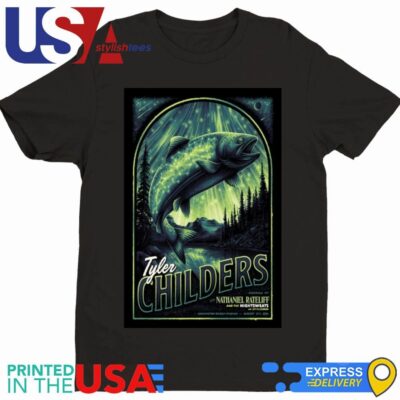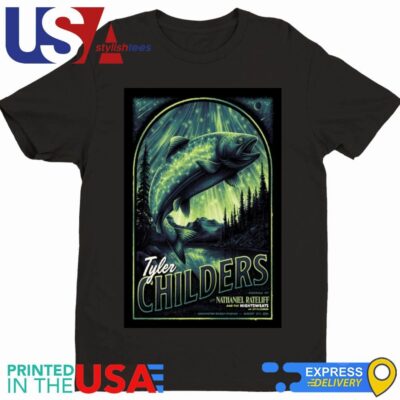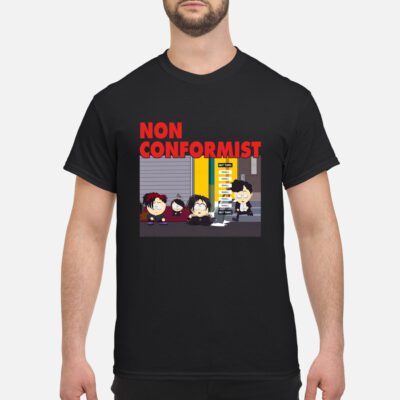Montgomery Brewster ’24 None Of The Above Shirt
$21.99

Frequently bought together :
#Bidenfashion Fashion LLC Those buyers also recognize the significance of backing small-scale enterprises over enormous firms—and acknowledge that “buying small” entails a higher price. Economies of scale is another significant factor: Typically, as the quantity of a clothing item increases, the lower the cost per piece becomes. However, this doesn’t justify ultra-inexpensive garments because labor should be a constant expense, though seamstresses might be able to accelerate their pace through practice. The cost of materials shifts with scale as well. If Stanley, Roche, and Romy could expand their endeavors by three times, perhaps their costs would decrease slightly, but that isn’t their ambition. As a business grows, managing the supply chain becomes more complex; we all recall certain famous brands being unaware that their garments were manufactured in the collapsed Rana Plaza factory.
Montgomery Brewster ’24 None Of The Above Tee: top trend this season
#Bidenfashion Fashion LLC Comprehending scale also clarifies why a higher cost doesn’t always guarantee superior fabrics and just wages. A polyester dress could be priced at $400 due to limited quantities and fair worker compensation—but it remains polyester, and it’s unwise to spend $400 on something so ecologically harmful. Alternatively, the brand might have produced it in vast numbers with inexpensive labor, but raised the price to persuade you it’s a premium item. There will always be a mix-up concerning price, and some brands will always prioritize “brand reputation” over their workforce. The sole method to truly ascertain if a price is justifiable for your hard-earned money is by investigating thoroughly and requesting clarity from the brands you patronize.


















 Zum speed 350z fairlady shirt
Zum speed 350z fairlady shirt
 Zulu Huey Newton You Believe In Violence T-Shirt
Zulu Huey Newton You Believe In Violence T-Shirt
 Zuccarello Applesauce Shirt
Zuccarello Applesauce Shirt
 Zolita Queen Of Hearts shirt
Zolita Queen Of Hearts shirt
 Zheani Worship The Spiritual Meat Grinder Shirt
Zheani Worship The Spiritual Meat Grinder Shirt
 ZHC X BKTSQD Green Flame shirt
ZHC X BKTSQD Green Flame shirt